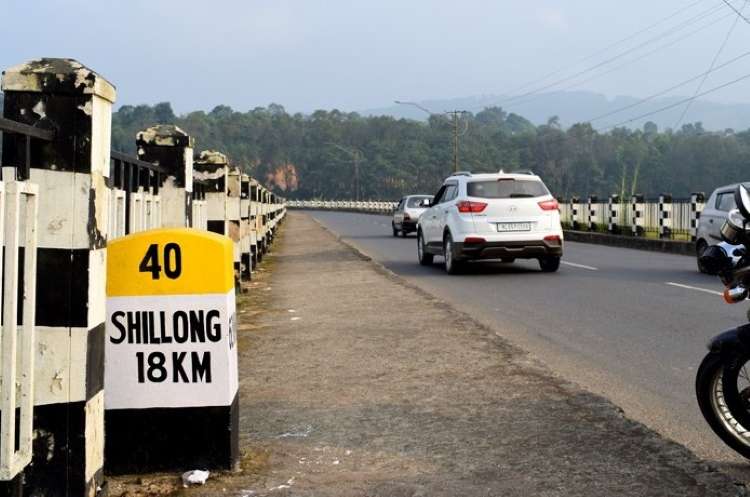
India’s northeast, a region of extraordinary cultural diversity and ecological wealth, has long remained on the margins of the country’s economic and political imagination. With its strategic location, natural resources, and distinctive topography, the eight northeastern states—Assam, Arunachal Pradesh, Manipur, Meghalaya, Mizoram, Nagaland, Sikkim, and Tripura—are often referred to as the country’s gateway to Southeast Asia. Yet, this gateway has largely been shut due to historical neglect, infrastructural gaps, and protracted ethnic tensions.
While there has been visible economic progress in recent years, the region still lags behind the national average on key development indicators. Stark intra-regional disparities persist, and the benefits of growth remain uneven.
READ | India’s rural economy grows—but farmers still struggle
A push to shift the narrative
The Union government, in coordination with state administrations, is now seeking to reposition the northeast as a core part of India’s investment and tourism strategy. The aim is to move the region from the periphery to the mainstream, backed by a flurry of domestic and international outreach efforts.
As part of this, nine major domestic roadshows have been held across Indian cities, alongside diplomatic engagements with representatives from over 95 countries. Six state-level roundtables, six sector-focused industry interactions, and multiple consultations with public sector units, industry chambers, and private corporates have reinforced this campaign.
The government’s latest attempt to spotlight the northeast came through the Rising Northeast Investors Summit, held last week. Delegations from over 80 countries—including Japan, several EU states, and ASEAN nations—participated in the two-day event. Union minister for development of the Northeastern region Jyotiraditya Scindia announced that the summit has attracted investment proposals worth Rs 4.3 lakh crore, focused on sectors such as bio-economy, bamboo, petroleum, tea, eco-tourism, sports, and organic products.
To operationalise this investment push, the Centre has constituted eight high-level task forces across key sectors—agriculture, tourism, infrastructure, sports, textiles, animal husbandry, investment promotion, and economic corridors—to help each state develop tailored roadmaps.
Infrastructure and industrial commitments
The Modi government has expanded on infrastructure projects initiated under the UPA regime, aiming to integrate the region more tightly with the national economy. Signature projects include the Sela Tunnel in Arunachal Pradesh, the Bhupen Hazarika bridge in Assam, 11,000 km of national highways, new railway lines, and airport development. The Northeast Gas Grid and the enhancement of inland waterways on the Brahmaputra and Barak rivers further underline this effort.
Private industry has followed suit. Reliance Industries has pledged Rs 75,000 crore over five years for investments in agriculture, digital services, and local enterprise. Gautam Adani and Anil Agarwal have also committed significant sums, while the Tata Group’s Rs 27,000 crore semiconductor facility in Assam signals a strategic industrial pivot.
Fragile peace, lingering faultiness
Yet investment alone cannot erase the region’s legacy of conflict. At its economic zenith, the northeast contributed nearly 20% of India’s GDP. That figure has dwindled to a mere 2.8% today. Ethnic tensions, insurgency, and a patchwork of unresolved disputes continue to hold the region back.
While the Union government has taken significant steps—the 2015 Framework Agreement with NSCN (I-M), the 2020 Bodo Peace Accord, the Bru resettlement, and partial withdrawal of the Armed Forces (Special Powers) Act—violence persists. The May 2023 ethnic conflict in Manipur between the Kuki and Meitei communities continues to simmer, casting a long shadow over the region’s prospects.
In parallel, border disputes among states remain unresolved. Though Assam has made progress in resolving long-standing tensions with Arunachal Pradesh and Meghalaya, similar efforts with other states are yet to bear fruit.
Environmental tensions and social concerns
As investment commitments rise, so do local anxieties. In Arunachal Pradesh, hydroelectric projects intended to meet growing energy demands have sparked protests over fears of displacement and environmental degradation in an ecologically sensitive zone prone to earthquakes and floods.
Analysts also caution that the BJP’s political narrative around illegal immigration from Bangladesh and Myanmar has deepened social fault lines. Heightened rhetoric may alienate communities and exacerbate insecurities, undermining efforts to build inclusive development.
Integration with Southeast Asia
The northeast’s transformation cannot be achieved through capital infusion alone. India’s Act East policy, which aims to connect the region with the Bay of Bengal economies and East Asian markets, remains largely rhetorical unless accompanied by meaningful infrastructural, trade, and institutional integration.
For the northeast to fulfil its potential as a bridge to Southeast Asia, domestic peace-building must be prioritised alongside better cross-border connectivity. India must also align its foreign policy with regional development strategies, ensuring that its northeastern states are not left behind as the country pursues broader geopolitical ambitions.
There is no question that the government has brought new energy to its engagement with the northeast. Investment summits, industrial announcements, and infrastructure rollouts mark a significant departure from past indifference. But without lasting peace, inclusive governance, and sustained regional diplomacy, the northeast risks remaining what it has long been—rich in promise, but poor in outcomes.
